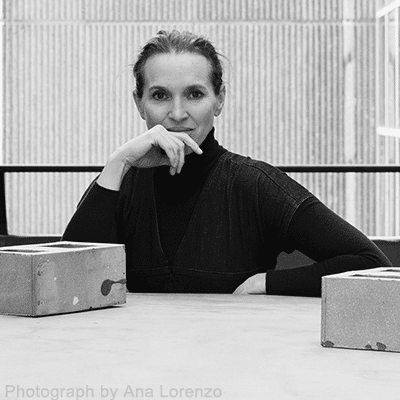Henry Pisciotta
Pennsylvania State University
The library of the 1960s was a hierarchic machine for the retrieval of information, proud of it’s clarity and predictable floorplans. But as systematic retrieval moved from the floor to a web page, the building’s other, overshadowed, functions were revealed. While there are many reasons we continue to build new libraries, I want to focus on those suggested by recent writings on social infrastructure and embodied cognition – and further to propose that psychological research on curiosity might explain the success of some specific features of libraries designed by OMA, MVRDV, and Snøhetta. Sociologist Eric Klinenberg, cultural critic Shannon Mattern, and others, value libraries as “social infrastructure” (the “facilities and conditions that allow connection between people.”)[i] Among many spaces inviting people into the public realm, Kleinenberg highlights libraries as the site of self-improvement and openness to alternatives – exemplary hope for a polarized society.[ii] The OMA design of the Seattle Central Library seems to have predicted the rhetoric of social infrastructure with its “urban living room” panorama of group and individual functions. Among those noting the variety of social interactions it facilitates, Kim Dovey shows how vistas and circulation patterns successfully offer visitors choices, freedoms, and chance encounters, but risk navigational bewilderment.[iii] The response to Seattle’s library has included many of the critical approaches and research methods linking physical and perceived space.[iv] But the current discourse on embodied cognition provides an additional lens for looking at library spaces. Writers such as philosopher Mark Johnson leverage recent breakthroughs in neuroscience to survey the subliminal powers of design.[v] One power deserving more attention is Johnson’s “non-conscious simulation.” MVDRV’s “Book Mountain” confronts the visitor with a dramatic pyramid of book-filled shelves. Even if anyone can resist scaling the ziggurat, the trek has been imagined, perhaps before the form was fully perceived. The body has reacted. The building has invited exploration. The psychological literature on curiosity also seems relevant to library design. Since curiosity is an important characteristic of academic success, researchers like Sophie von Stumm conclude “educational settings should fully exploit their plentiful opportunities to induce and inspire curiosity.”[vi] If any building can, by design, foster inquisitiveness, it would best be a library – if only because of the broad scope of it’s offerings (be they collections, disciplines, services, or random personal encounters.) Stimulating curiosity, many psychologists observe, is a matter of creating an information gap – a “sweet spot” between clarity and chaos that ignites the desire for more information.[vii] These ideas will be introduced visually, using features from three recent designs for academic libraries by Snøhetta (at NCSU, Ryerson, and Temple.)[viii] such as: – unusual sightlines triggering imagined bodily actions – balance between visual clarity and obfuscation – vertical circulation encouraging exploration of each floor’s plan. The library’s role in social infrastructure hinges on it’s non-capitalist agenda of sharing, yet affordances for curiosity are often borrowed from retail design – an irony not to be ignored.
[i] Klinenberg, Eric, Palaces for the People, (Crown, 2018); Mattern, Shannon, ‘Library as Infrastructure’, Places Journal, 2014.
[ii] Kleinenberg overstates the potential of libraries, but concedes “while social infrastructure alone isn’t sufficient to unite polarized societies… we can’t address these challenges without it”
[iii] Dovey, Kim, Becoming Places, (Routledge, 2010) 103-124, analyzing spatial syntax.
[iv] Dalton, Ruth, & Christoph Hölscher, (eds.), Take One Building: Interdisciplinary Research Perspectives of the Seattle Central Library, (Routledge, 2017).
[v] Johnson, Mark, “Body, Mind & Imagination”, in Robinson & Pallasmaa, (eds.) Mind in Architecture, (MIT, 2015), 33-50. Embodiment’s debts to phenomenology and environmental psychology are too often unstated.
[vi] vonStumm, Sophie, & Benedikt Hell, “The Hungry Mind: Intellectual Curiosity – the Third Pillar of Academic Performance”, Perspectives on Psychological Science, 6 (2011), 574-88.
[vii] Kidd, Celeste, & Benjamin Hayden, “The Psychology & Neuroscience of Curiosity”, Neuron, 88 (2015), 449-60 review the long history of the information gap theory. Rare examples of interest from designers relate to gaming & interactive systems.
[viii] The examples are based upon interviews and site visits.

 Study Architecture
Study Architecture  ProPEL
ProPEL 
